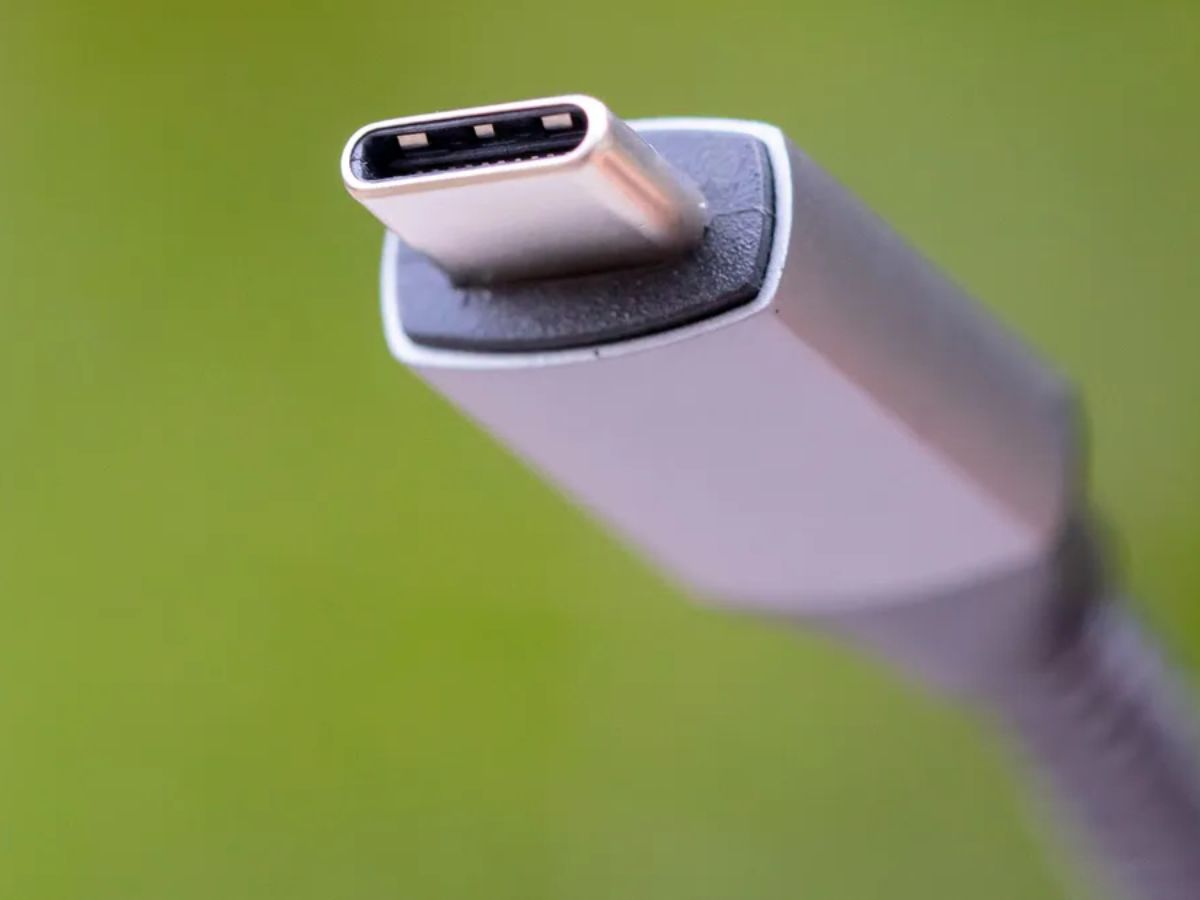
USB-C technology has rapidly become the go-to connector for a wide range of devices, from smartphones to laptops and even gaming consoles. But what makes USB-C stand out from its predecessors? This technology isn't just about faster data transfer and charging speeds; its versatility and reversibility have set new standards in connectivity. In this introduction, we'll uncover ten intriguing facts about USB-C, shedding light on how it's reshaping the way we connect our gadgets. Whether you're tech-savvy or just curious about the cables that power your devices, these insights will provide a clearer understanding of USB-C's growing dominance in the tech world.
Key Takeaways:
- USB-C is a game-changer in USB technology, with a reversible design and support for multiple protocols. It's making charging and data transfer more efficient and reducing electronic waste.
- USB-C's future looks bright, with potential for even faster data transfer and wider adoption across devices. It's set to become the universal connector for all electronic devices.
What is USB-C?
USB-C, short for Universal Serial Bus Type-C, represents a significant leap forward in the world of USB technology. Unlike its predecessors, USB-C boasts a reversible, symmetrical design, meaning there's no wrong way to plug it in. This feature alone has made it incredibly popular among users tired of the guesswork associated with USB-A and USB-B connections.
-
USB-C was developed by the USB Implementers Forum (USB-IF), a group of companies that has also been behind the development of previous USB standards. This consortium includes tech giants like Apple, Dell, HP, and Intel.
-
One of the standout features of USB-C is its ability to support a variety of different protocols using "alternate modes." This means it can carry not just USB data, but also power, video, and audio signals simultaneously.
The Evolution of USB-C
Since its introduction, USB-C has undergone several updates to increase its power delivery and data transfer capabilities. These improvements have solidified its position as the future standard for USB connections.
-
The USB-C 1.1 update introduced an enhanced power delivery specification, allowing devices to charge faster and more efficiently. This was a game-changer for laptops and smartphones, reducing the need for multiple chargers.
-
With the release of USB-C 3.2, data transfer rates received a significant boost, reaching speeds up to 20 Gbps. This advancement made USB-C ideal for external hard drives and other devices requiring high-speed data transfer.
USB-C and Power Delivery
One of the most revolutionary aspects of USB-C is its power delivery (PD) capability, which has transformed how devices are charged.
-
USB-C's PD specification can support higher power levels—up to 100 watts. This means that larger devices, like laptops, can be charged from the same type of port used for smartphones and tablets.
-
This universal charging solution has led to a reduction in electronic waste, as consumers no longer need to replace their chargers with every new device.
USB-C's Role in Audio and Video Transmission
Beyond charging and data transfer, USB-C has made significant strides in audio and video transmission, simplifying connections between devices.
-
Using alternate modes, USB-C can directly transmit DisplayPort and HDMI signals, eliminating the need for separate cables when connecting to monitors or TVs.
-
This capability also extends to audio equipment, with USB-C headphones and speakers becoming more common, offering a single cable solution for audio output.
The Future of USB-C
As technology continues to evolve, USB-C is expected to play a pivotal role in the development of new devices and standards.
-
Future iterations of USB-C are anticipated to further increase data transfer speeds and power delivery capabilities, making it even more versatile.
-
The widespread adoption of USB-C across a broad range of devices, from smartphones to laptops to gaming consoles, underscores its potential to become the universal connector for all electronic devices.
A Final Nod to USB-C's Future
USB-C's journey from inception to becoming the universal connector is nothing short of remarkable. Its versatility, speed, and power delivery capabilities have set a new standard for how we connect and charge devices. From smartphones to laptops, and even gaming consoles, USB-C has paved the way for a more unified and efficient tech ecosystem. Looking ahead, its adoption is only set to increase, promising even faster data transfer rates and more powerful charging solutions. As technology evolves, so too will USB-C, adapting to meet the demands of future devices and consumers. It's clear that USB-C is not just a trend but a lasting shift towards better connectivity solutions. So, keep your eyes peeled and your devices ready; the best of USB-C is yet to come.
Frequently Asked Questions
Was this page helpful?
Our commitment to delivering trustworthy and engaging content is at the heart of what we do. Each fact on our site is contributed by real users like you, bringing a wealth of diverse insights and information. To ensure the highest standards of accuracy and reliability, our dedicated editors meticulously review each submission. This process guarantees that the facts we share are not only fascinating but also credible. Trust in our commitment to quality and authenticity as you explore and learn with us.
